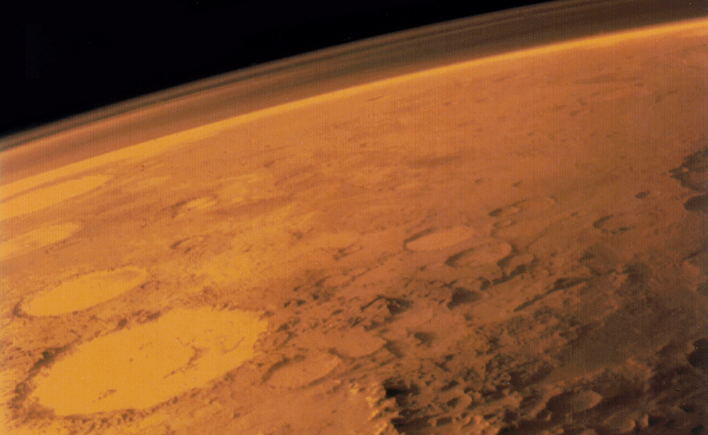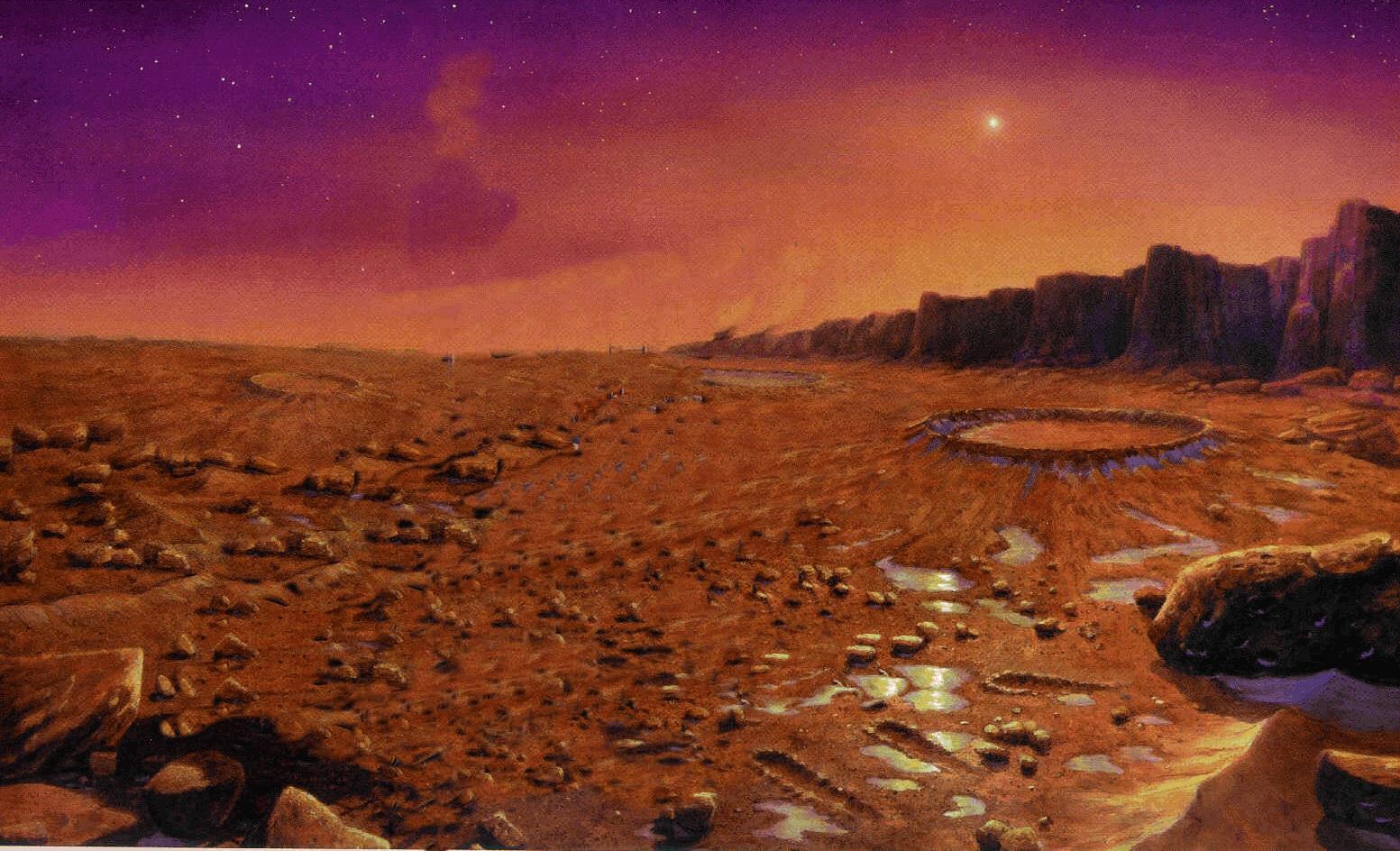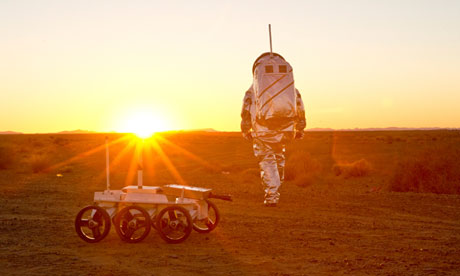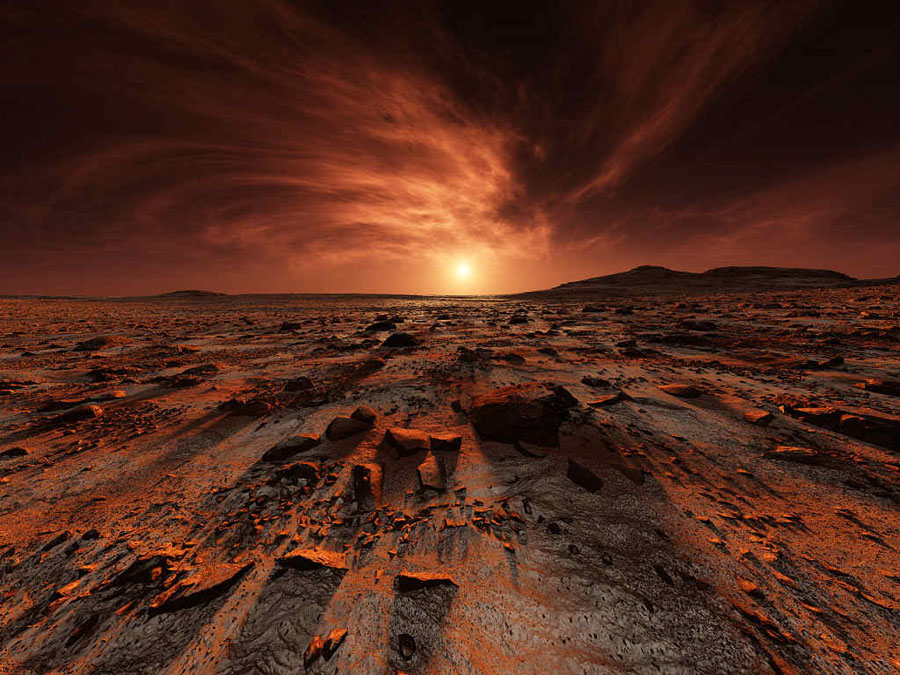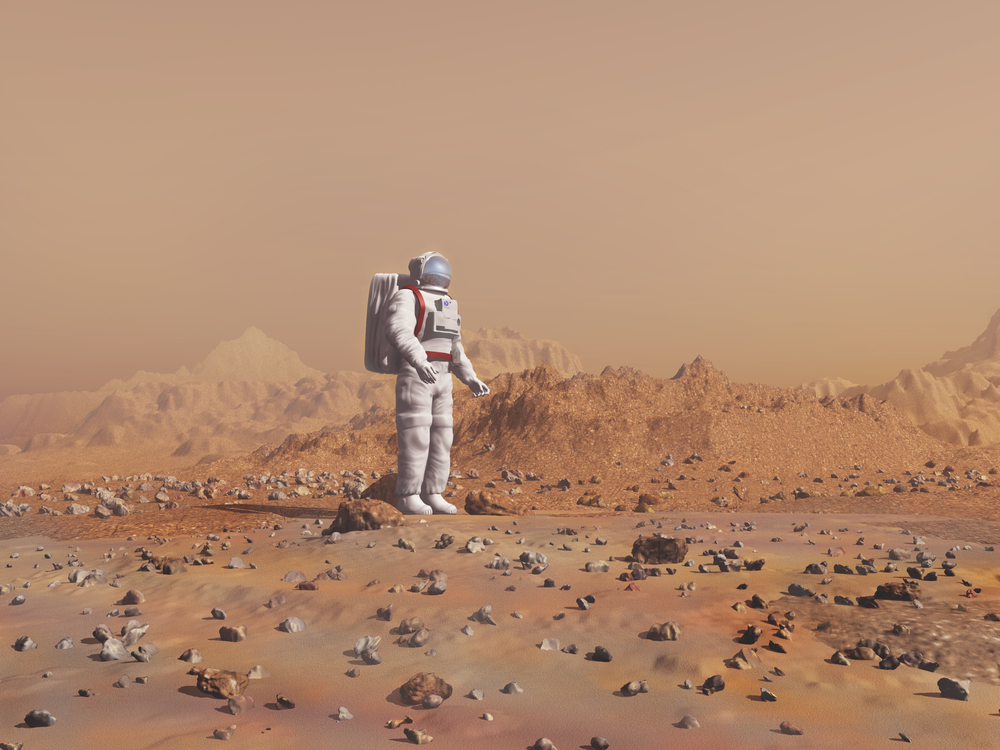A few people have traveled to the mars and we have always wondered how it feels to be at the Mars. It is the fourth planet from the sun and the second-smallest planet in the solar system. Romans named the Mars after their god of war and they described it as the “Red Planet”. Since the planet has iron oxide which is also resembles the rustic dust on earth that is on its surface that gives it a reddish appearance. The month of March was titled after Mars where the rotational and seasonal cycles of Mars are likewise to those of the earth as this is the tilt that produces seasons.
However, Mars does not support human lives since there is no gravity. Hence, the Mars atmosphere is made up of 95% carbon dioxide. Through advancements in technology, people have learned a lot about the Mars. The NASA hopes to collaborate on future missions on earth and eventually landing human beings on the Mars. Water cannot exist in the form of liquid at the Mars due to its low temperature it exists in form of ice. Earth and Mars are closest because of earth’s atmosphere hence; Mars can be seen with naked eyes from the earth.
Mars is lesser in size than the earth and has about 15% of the earth’s volume. Even the large telescopes find mars a difficult target because it is too small however it was known since prehistoric times and other than earth it is known most favorable planet in the solar system for human beings. It is a terrestrial planet that consists of minerals containing oxygen, metals, and silicon and other elements that are made up of rock. There is evidence of erosion in many places on Mars that may include small rivers and including large floods. Mars is not able to recycle any of its carbon dioxide into its atmosphere and cannot support significant greenhouse effect.
Recently a mass science laboratory named Curiosity launched on November 2011. Arrived Mars on August 6th 2012 it was seen to be larger and more advanced with a movement rate of up to 90 meters per hour. Therefore, the geological history of Mars can be marked by periods. However, the following are the three periods:
• The Hesperian period was named after Hesperia Planum where the Hesperian period is marked by formation of extensive lava plains.
• The Noachian period was named after Noachis Terra a volcanic upland is said to have formed during this period with extensive flooding by liquid water in the period.
• The Amazonian period was named after Amazonians planitia these regions have few meteorite impact craters also Olympus Mons formed during this time, along with lava flows elsewhere on Mars.
Photos of Facts about Mars

